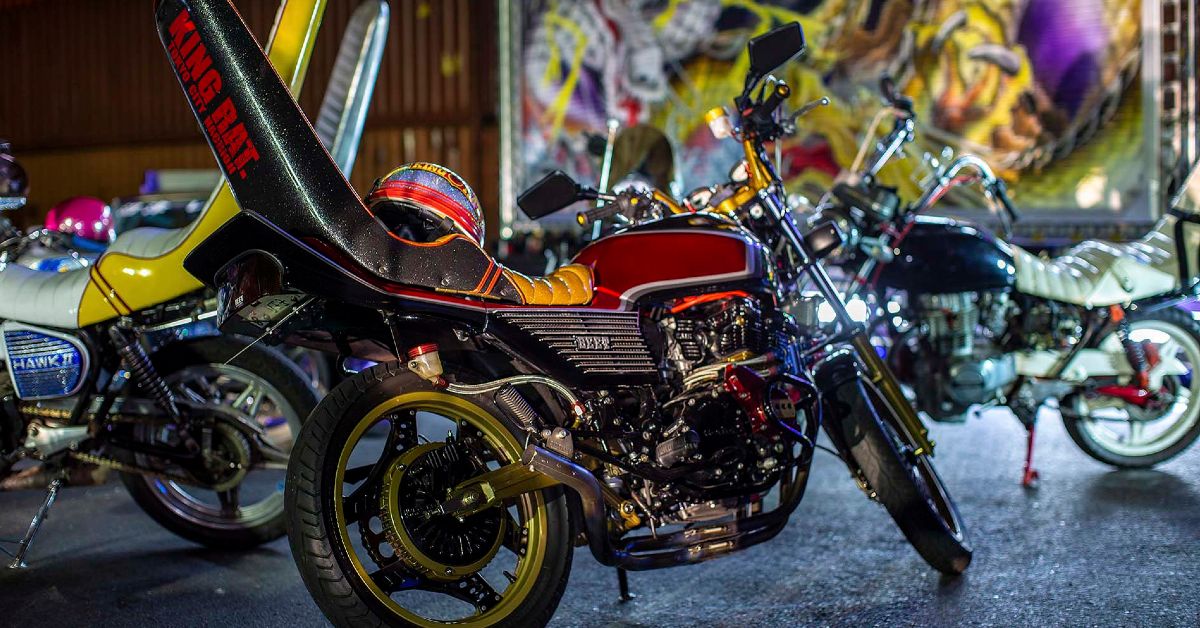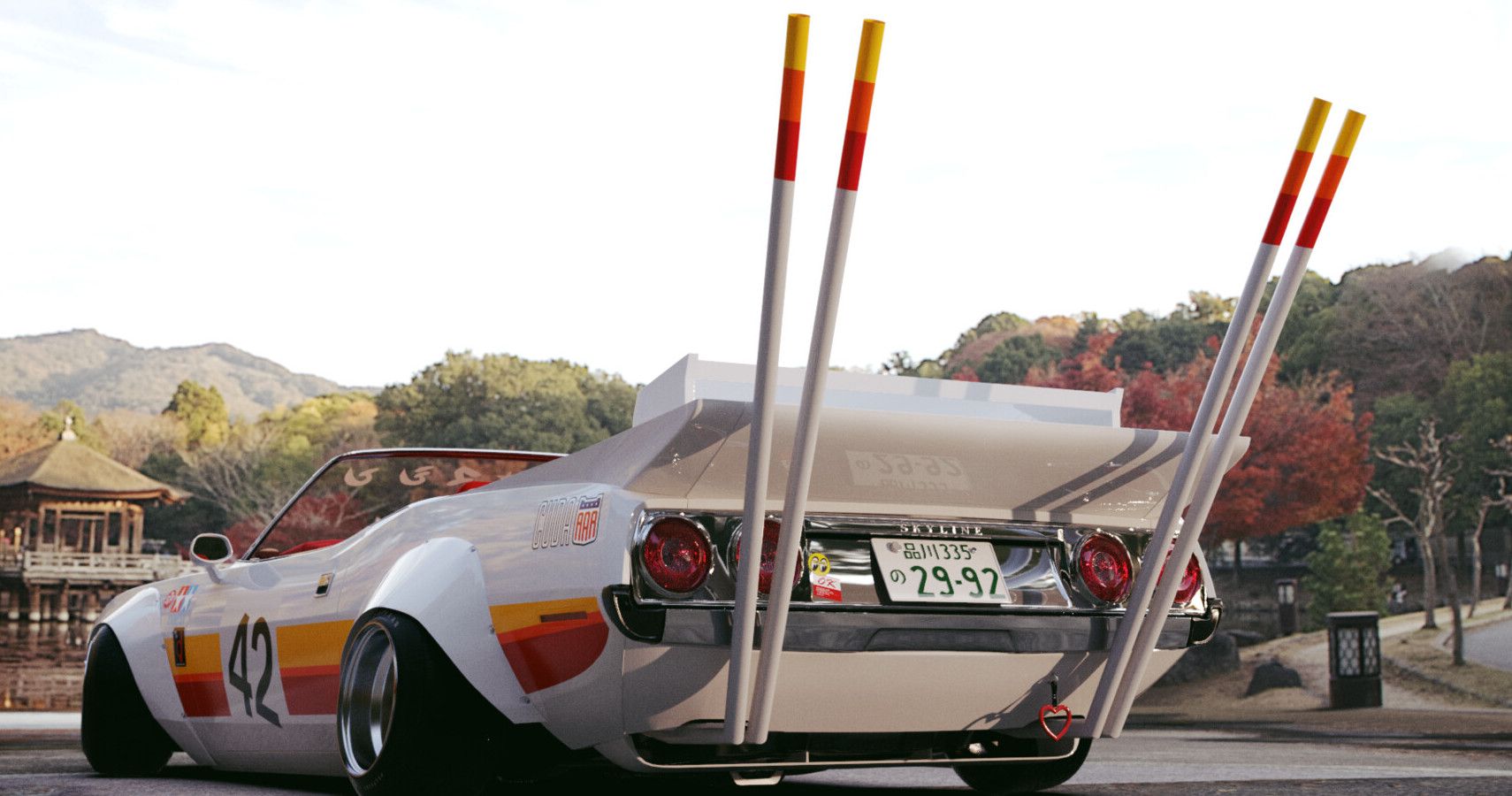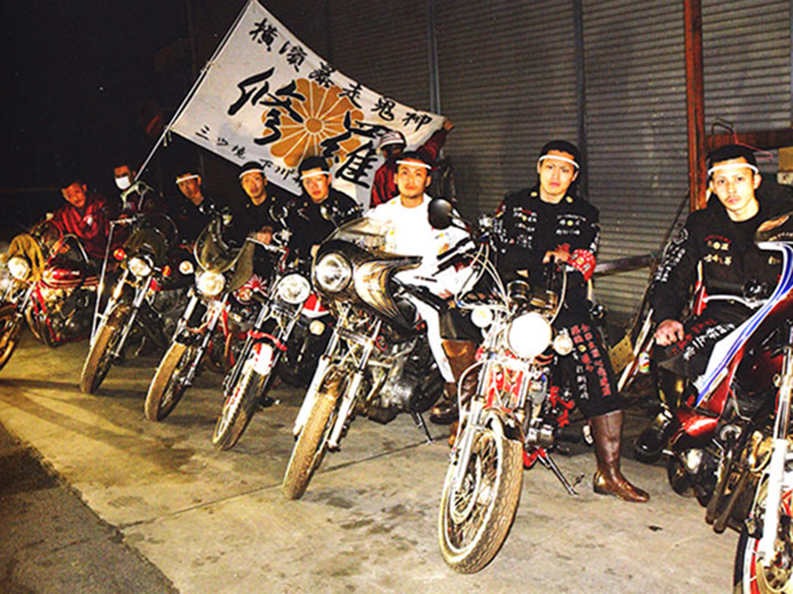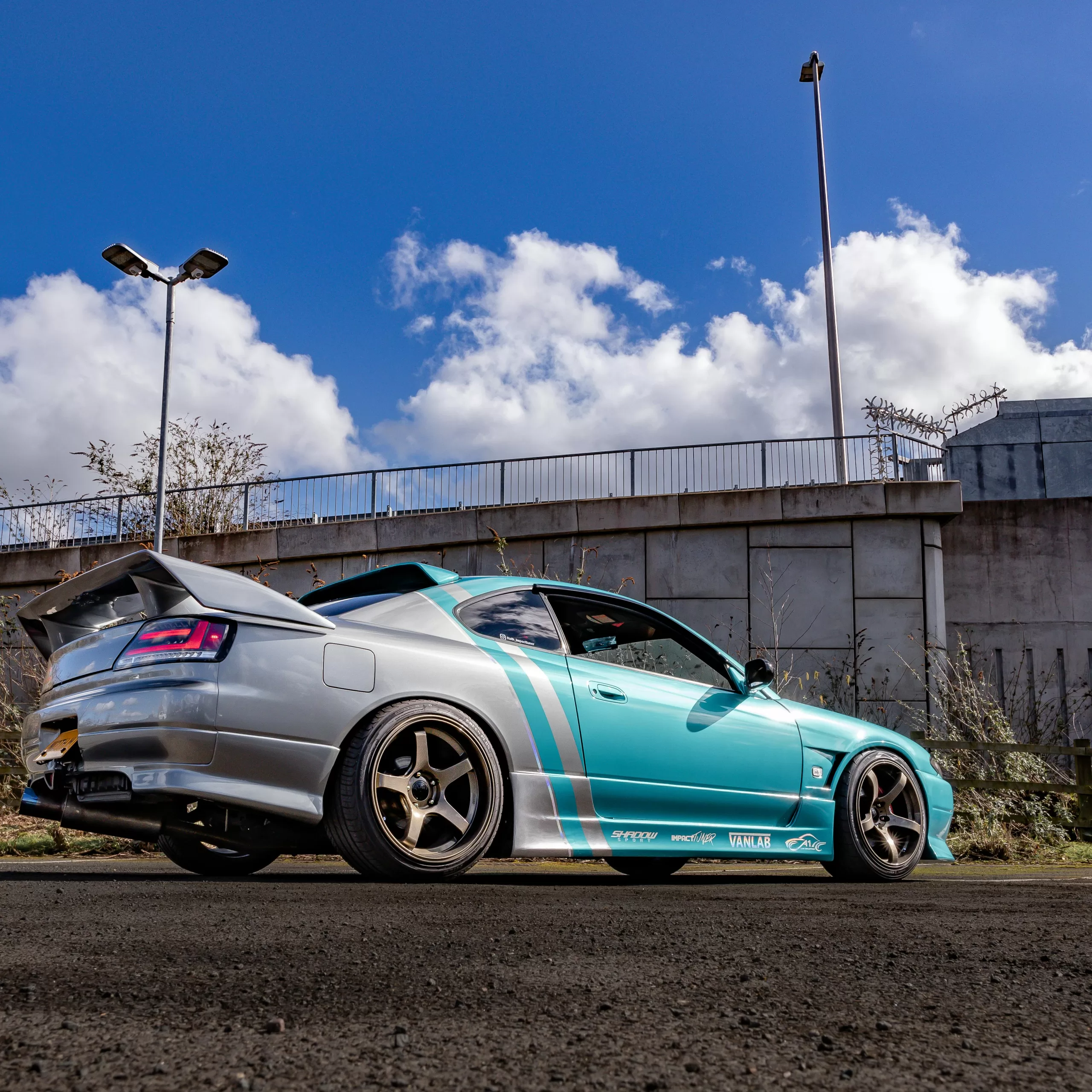Bosozoku represents the outrageous side of JDM culture. These auto enthusiasts customize vehicles with wild styling and extreme exhausts. Let’s examine bosozoku history, aesthetics, and influence on the JDM scene.
Post-War Origins Of Bosozoku JDM culture
Bosozoku bike gangs first emerged in the 1950s as disillusioned youth rejecting post-war conservatism. Riding highly modified motorcycles, they flouted rules through noise, speed and confrontations.

By the 1970s, many members customized cars into “zenki” and “kaido racers” to increase spectacle. Outlandish body kits, paintwork, and massive rear wings defined these new builds. Loud exhausts and revving announced their presence. Bosozoku style was provocative and rebellious.

Mainstream Attention
Japanese media brought bosozoku into the mainstream spotlight throughout the 1980s and 90s. Magazines like Option featured outrageous car builds and bikes. Movies and manga further popularized the subculture.

While initially controversial, bosozoku became ingrained as an automotive phenomenon. The eyecatching customs are now tolerated as creative expressions of youth culture. But the movement retains an anti-establishment edge.
Extreme Car Modifications
Bosozoku cars continue to test boundaries of style and etiquette. Giant rear wings, extreme extended fenders, and vivid airbrushed murals visually overwhelm the factory shape. Piled-up hood scoops and decorative exhaust stacks push styling to the edge.

The iconic “punch perm” exhausts blast deafening noise. Outrageous props like full-size anime figures attached to cars take showmanship over function. Everything aims to attract attention and prompt reaction.

Kaido Racers
Branching from bosozoku origins are “kaido racers” – lowered sports compacts tuned for racing Japan’s mountain passes, or kaido. Side exhausts, wide fender flares, and vibrant liveries lighten and accentuate the silhouette.
Performance upgrades like wheels, suspension, intakes, and turbochargers ready the cars for touge road battles. Kaido racers retain the expressive spirit of bosozoku through function-first builds.

Influencing JDM Culture
Elements of bosozoku style now permeate tuning cultures worldwide. Huge wings, exaggerated bodywork, graphics and quad exhausts characterize many show builds. Bosozoku ignited youth engagement in cars as creative endeavors versus just transportation.
The movement also precipitated the West’s embrace of Japanese car culture. Western youth found identity in these ornate customs, representing excitement and rebellion. Bosozoku vehicles made Japanese car enthusiasm contagious worldwide.
Enduring JDM Legacy
While shocking at first, bosozoku style advanced creative automotive freedom. The audacious customs inspired new generations to customize without restraint. They also brought notoriety to Japanese car culture through sheer spectacle.
Bosozoku remains a vibrant subculture decades later. Updated styles continue for new generations with modern platforms like GTRs and widebody sedans. These eye-catching cars sustain a rebel spirit and passion for extremes.






